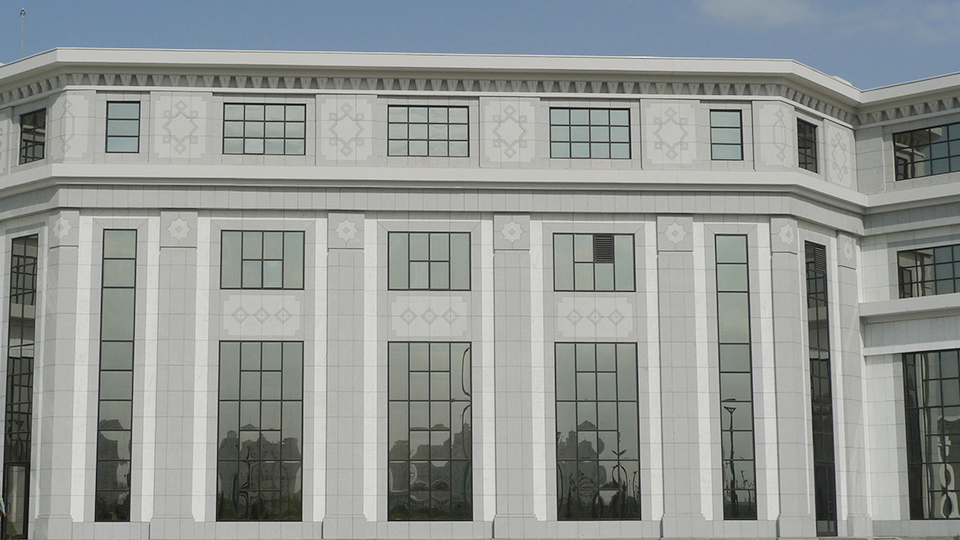what color is slate
The Chromatic Nuances of Slate: Beyond Gray
Slate, a metamorphic rock prized for its durability and aesthetic appeal, is often simplistically described as "gray." However, this label fails to capture the rich complexity of its coloration. A closer examination reveals that slate's hue is a nuanced interplay of minerals, geological processes, and environmental factors, resulting in a spectrum that extends far beyond a simple monochrome. This article delves into the technical aspects of slate coloration, exploring the factors that contribute to its diverse palette.
Understanding Slate's Composition:
Slate originates from sedimentary shale or mudstone subjected to heat and pressure during regional metamorphism. This transformation aligns clay minerals into parallel planes, creating the characteristic foliation or "slaty cleavage." The primary mineral constituents influencing slate's color are:
Clay Minerals: Primarily illite, chlorite, and kaolinite. These contribute to the base gray or greenish tones.
Iron Oxides: Hematite (reddish-brown), goethite (yellowish-brown), and magnetite (black) impart reddish, brownish, and dark hues.
Carbonaceous Material: Organic matter preserved during metamorphism can lead to darker, almost black coloration.
Sulphides: Pyrite, for example, can introduce golden or brassy inclusions.
Other Minerals: Quartz, mica, and feldspar can influence the overall shade and texture.
The Spectrum of Slate Coloration:
Therefore, due to the varing ammounts of these minerals, slate can show a wide range of colors:
Gray:
This is the most common perception of slate. However, even "gray" slate exhibits subtle variations, ranging from light silver-gray to deep charcoal gray.
The gray hues primarily stem from the dominant presence of clay minerals.
Blue-Gray:
Slate often displays a cool blue-gray tone, particularly when chlorite is abundant.
This coloration can create a serene and sophisticated aesthetic.
Green-Gray:
Chlorite, a green mineral, can impart a distinct green-gray tint to slate.
This coloration is particularly noticeable in slate used for roofing and landscaping.
Reddish or Brownish Hues:
Iron oxides, particularly hematite and goethite, can introduce reddish-brown or earthy tones to slate.

These colors are often seen in slate found in regions with high iron content.
Black:
Slate containing significant carbonaceous material can appear almost black.
This deep coloration creates a dramatic and contemporary look.
Variegated Colors:
Slate can also exhibit variegated patterns, with streaks or patches of different colors.
This occurs when the original sedimentary rock contained layers with varying mineral compositions.
It is not uncommon to find slate with some golden or shiny parts, due to the presance of pyrite.
Factors Influencing Color Variation:
Beyond mineral composition, several other factors contribute to slate's color diversity:
Geological Origin:
The specific geological formation and the conditions under which metamorphism occurred influence the mineral content and, consequently, the color of the slate.
Weathering and Oxidation:
Exposure to the elements can alter slate's color over time.
Oxidation of iron-bearing minerals can lead to the development of rust-colored stains.
Also prolonged exposure to UV rays can lighten some of the colors.
Processing and Finishing:
The way slate is cut, processed, and finished can also affect its apparent color.
A honed or polished finish can deepen the color, while a rough or natural finish may retain a more muted tone.
Lighting conditions:
Just as with all colored materials, the light conditions in which slate is viewed plays a very large role in how the color is perceived.
Technical Color Measurement:
To quantify slate's color more precisely, technical color measurement systems are employed. These systems utilize instruments such as spectrophotometers or colorimeters to analyze the spectral reflectance of slate samples.
CIELAB Color Space:
The CIELAB (L*a*b*) color space is commonly used to represent color objectively.
L* represents lightness, a* represents the red-green axis, and b* represents the yellow-blue axis.
This system allows for precise comparison and communication of slate color values.
Spectral Reflectance:
Spectrophotometers measure the spectral reflectance of slate across the visible light spectrum.
This data provides a detailed analysis of the wavelengths of light reflected by the slate, allowing for accurate color characterization.
Practical Applications and Considerations:
The diverse coloration of slate makes it a versatile material for various applications, including:
Roofing: Slate's durability and natural beauty make it a popular roofing material. The various colors of slate provide design flexibility.
Flooring and Wall Cladding: Slate tiles and slabs add a touch of natural elegance to interior and exterior spaces.
Landscaping: Slate is used for paving, stepping stones, and decorative elements in gardens and landscapes.
Decorative Stone: Slate is used for ornamental stone, and for the production of items such as pool tables, and other items.
When selecting slate for a project, it is essential to consider:

Color Consistency:
Natural variations in slate color can occur within a quarry. It is important to ensure that the selected slate exhibits the desired color consistency.
Color Matching:
When matching slate to existing materials, it is advisable to obtain samples and compare them under various lighting conditions.
Long term change:
As natural stone is subject to the effects of the elements, it is important to understand how exposure to weather, and light can affect the color of the slate over time.
In conclusion, slate is far from being a simple gray material. Its coloration is a complex interplay of mineral composition, geological processes, and environmental factors. By understanding the nuances of slate color, we can better appreciate its aesthetic diversity and utilize it effectively in various applications.



